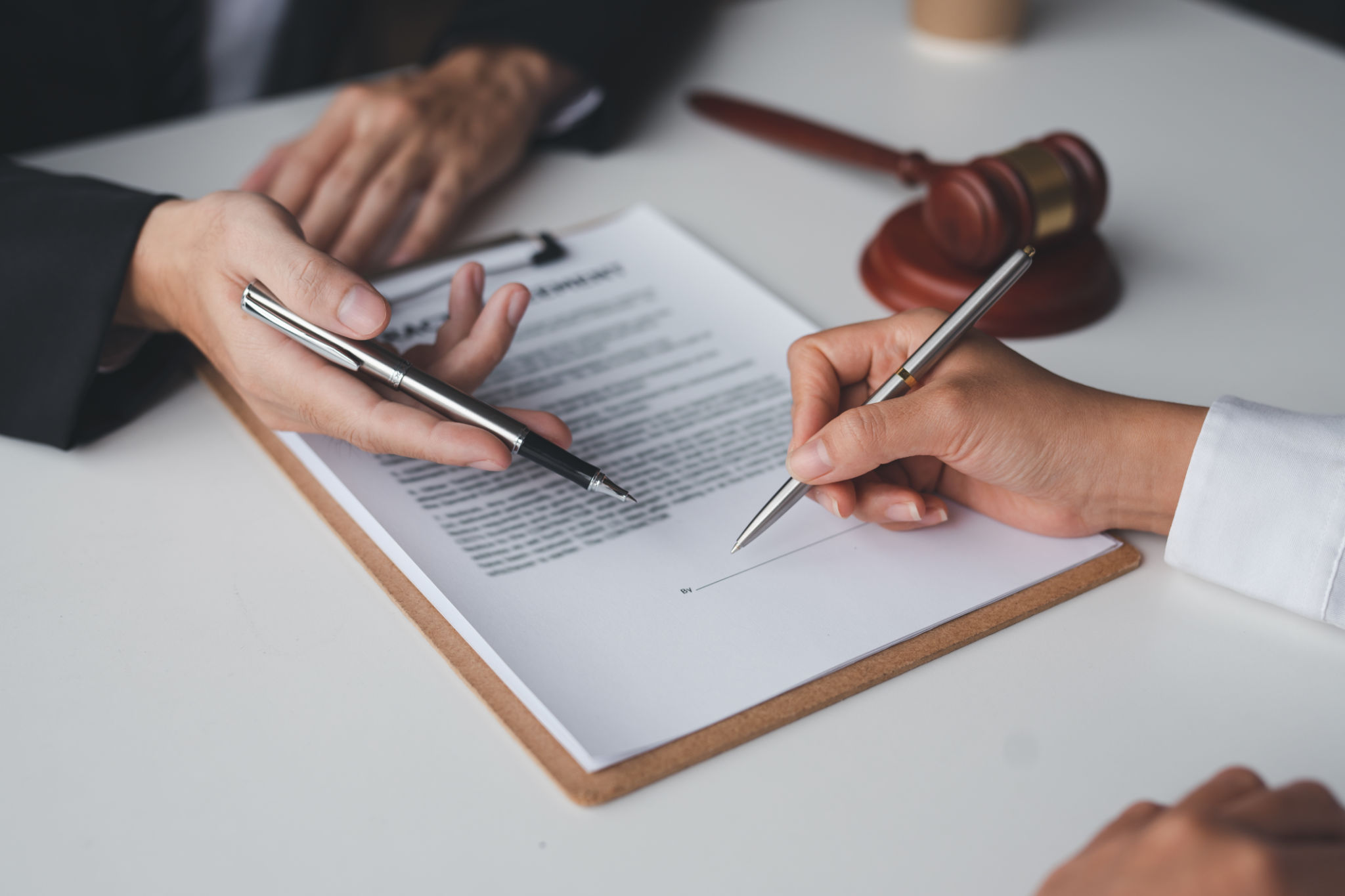Asset Recovery in the Digital Age: Challenges and Strategies
Understanding Asset Recovery in the Digital Age
In today's fast-paced digital world, the landscape of asset recovery has significantly evolved. With the rise of digital transactions and virtual assets, traditional methods of asset recovery often fall short. As businesses and individuals rely more on digital platforms, the challenges associated with recovering assets have become increasingly complex.
The digital age has introduced new opportunities for asset recovery but also poses unique challenges. The sheer volume of data and the speed at which transactions occur can make it difficult to track and recover assets effectively. Moreover, cyber threats and sophisticated fraudulent schemes add layers of complexity to the process.

Challenges in Digital Asset Recovery
One of the primary challenges in digital asset recovery is the anonymity offered by online platforms. Cryptocurrencies and other digital assets can be transferred quickly and anonymously, making it challenging to trace ownership and movement. This anonymity can be exploited by malicious actors, complicating recovery efforts.
Additionally, jurisdictional issues can arise, as digital assets may be stored on servers located in different countries. This can create legal hurdles and complicate enforcement actions. Navigating these international legal frameworks requires expertise and coordination across multiple jurisdictions.

Strategies for Effective Asset Recovery
Despite these challenges, there are effective strategies that can be employed to enhance asset recovery efforts. One such approach is leveraging advanced technologies like artificial intelligence (AI) and machine learning (ML). These technologies can analyze large datasets to identify patterns and anomalies that may indicate fraudulent activities or asset locations.
Another crucial strategy is collaboration between public and private sectors. Governments, financial institutions, and cybersecurity firms can work together to share information and resources, creating a united front against asset misappropriation. This collaboration can lead to more comprehensive and effective recovery solutions.

Legal Frameworks and Best Practices
Establishing robust legal frameworks is essential for successful asset recovery in the digital age. Laws must be updated to address the unique nature of digital assets and provide clear guidelines for recovery processes. Additionally, adopting best practices such as maintaining accurate records and employing forensic accounting can aid in the recovery process.
Training personnel on the latest technologies and legal requirements ensures that teams are well-equipped to handle digital asset recovery. Continuous education on emerging threats and solutions is crucial for staying ahead in this ever-evolving field.

The Future of Asset Recovery
Looking forward, the future of asset recovery in the digital age will likely involve even greater integration of technology. Blockchain technology, for example, holds promise for enhancing transparency and traceability in transactions, potentially simplifying the recovery process.
As technology continues to advance, staying informed and adaptable will be key to overcoming challenges in asset recovery. By embracing innovation and fostering cooperation across sectors, stakeholders can develop effective strategies to safeguard assets in the digital landscape.
